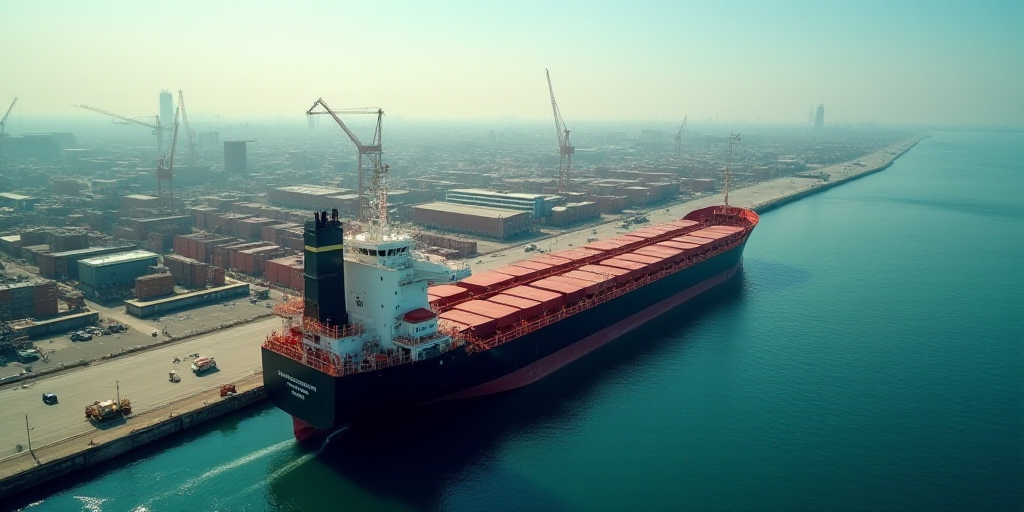Background and Relevance
In 2024, Hong Kong has overtaken Mexico as the ninth-largest exporter globally, according to data from the World Trade Organization (WTO). This shift reflects a broader trend influenced by uncertainties surrounding the United States’ trade policy and the responses of other countries. The WTO has forecasted a scenario of either slowing or contracting global trade due to these factors.
Export Performance in 2024
Hong Kong’s external sales amounted to $641 billion, pushing Mexico down to tenth place with $617 billion. China solidified its position as the leading exporter, growing by 5.5% to reach $3.575 trillion. The United States maintained its second-place position, with exports totaling $2.065 trillion and growing at an annual rate of 2.3%.
Globally, merchandise exports reached $24.43 trillion in US dollars in 2024, a 2% increase from the previous year. This includes trade within the European Union.
- Top exporters in 2024: Hong Kong ($641 billion), China ($3.575 trillion), United States ($2.065 trillion), Germany ($726 billion), Netherlands ($726 billion), and Japan ($707 billion).
Challenges for Economists and WTO Predictions
The WTO acknowledges that the unprecedented nature of recent trade policy changes poses a challenge for economists, as there is no directly comparable historical event. Moreover, most available data predates the implementation of these measures.
To address this, WTO economists have employed policy simulations from the organization’s Global Trade Model to adjust their regular trade forecasts. This adjustment aims to better account for the impact of tariffs and policy uncertainty.
Trade Volume Projections
The WTO’s reference forecast assumed a continuation of low tariffs and limited policy uncertainty, serving as a baseline for comparison. This forecast was later adjusted to reflect the measures in effect by April 14, including the suspension of reciprocal tariffs by the United States.
- Reference scenario: Global merchandise trade volume expands at a moderate rate of slightly under 3% annually.
- Adjusted scenario: Trade volume contracts by 0.2% in 2025 before partially recovering with a moderate 2.5% expansion in 2026.
Impact of Tariffs on Global Production
The Global Trade Model predicts a downward adjustment in global production due to new tariffs and increased policy uncertainty. The base forecast assumed global GDP growth at market exchange rates would remain at 2.8% in 2025, moderating to 2.6% in 2026.
- After adjustment, global GDP growth in 2025 is expected to reach 2.2%, 0.6 percentage points below the base forecast.
- In 2026, growth is expected to remain at 2.4%, 0.2 percentage points below the base forecast, a level lower than recent historical averages.
Regional Impact of Tariffs
The impact of recent tariff measures on global merchandise trade is expected to vary significantly across regions.
- Base scenario: All regions contribute positively to global merchandise trade volume growth in 2025 and 2026, though North America and Asia’s proportions would be smaller than in 2024. Europe is expected to contribute positively to trade growth for the first time in two years in 2025 and slightly more in 2026.
- Adjusted scenario: In the current political environment, North America now subtracts 1.7 percentage points from global trade growth in 2025, reducing overall growth to -0.2%.






